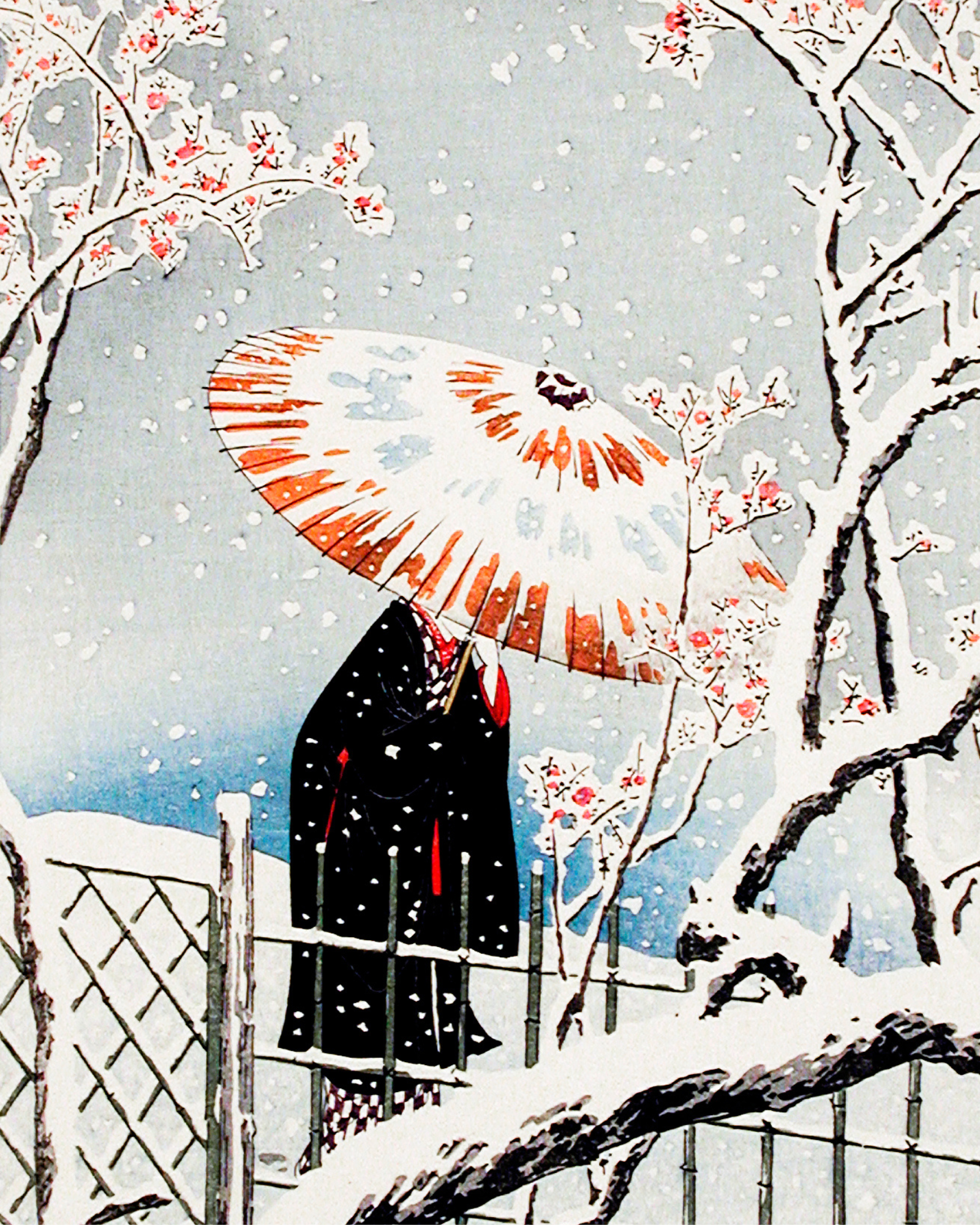Megata Morikaga: A Guardian of Japanese Elegance in Art

Megata Morikaga is a revered Japanese artist known for his meticulous attention to detail and his dedication to preserving the elegance of traditional Japanese art forms. His works, often described as poetic visual masterpieces, are rooted in the timeless beauty of nihonga (traditional Japanese painting) while incorporating his unique artistic vision. Through his art, Morikaga captures the essence of Japanese culture, blending nature, spirituality, and aesthetics into harmonious creations.
The Life and Artistic Journey of Megata Morikaga
Born in Kanazawa, a city known for its rich history and traditional crafts, Megata Morikaga was immersed in Japan’s artistic heritage from a young age. Surrounded by the beauty of gold leaf artistry, washi paper, and historic gardens, he developed a deep appreciation for the intricacies of Japanese aesthetics.
Morikaga trained under a master nihonga painter, where he refined his skills in using natural pigments and delicate brushwork. However, his curiosity and desire to innovate led him to explore ways to modernize traditional techniques while remaining faithful to their origins. This balance between preservation and evolution became the hallmark of his work.
Megata Morikaga’s Artistic Style and Techniques
Morikaga’s art is a celebration of subtle beauty and refined craftsmanship. His work often features soft, muted tones, intricate patterns, and symbolic motifs that reflect Japan’s cultural and spiritual heritage.
Natural Pigments and Materials: Staying true to nihonga traditions, Morikaga uses natural pigments derived from minerals, plants, and shells. He layers these pigments onto handmade washi paper or silk, creating textures that evoke depth and emotion.
Delicate Brushwork: Morikaga’s brushwork is precise yet expressive, capturing the fine details of his subjects. His ability to render textures like flowing water, delicate petals, or soft clouds gives his work a lifelike and ethereal quality.
Gold and Silver Leaf: Drawing inspiration from his hometown of Kanazawa, known for its gold leaf production, Morikaga often incorporates gold and silver leaf into his paintings. This technique adds a luminous quality to his work, symbolizing light, purity, and the divine.
Themes in Megata Morikaga’s Art
Nature’s Majesty: Morikaga’s art often depicts the serene beauty of Japan’s landscapes, such as misty mountains, tranquil rivers, and blooming gardens. His series Whispers of Nature captures the delicate balance between humanity and the natural world, encouraging viewers to appreciate and protect the environment.
Cultural Heritage: Traditional motifs like cranes, cherry blossoms, and pine trees frequently appear in Morikaga’s work. These symbols, deeply rooted in Japanese culture, reflect themes of longevity, renewal, and harmony.
Spiritual Resonance: Influenced by Shinto and Buddhist philosophies, Morikaga’s art conveys a sense of spirituality and interconnectedness. His paintings often include subtle references to deities, sacred sites, or natural elements imbued with spiritual significance.
Notable Works
One of Morikaga’s most celebrated works, The Eternal Garden, is a large-scale painting that portrays a dreamlike landscape filled with iconic Japanese flora, such as wisteria, cherry blossoms, and maple trees. The intricate details and radiant gold accents create a mesmerizing effect, inviting viewers to step into a world of peace and wonder.
Another iconic piece, Silent Reverie, features a solitary crane standing in a moonlit marsh. The simplicity of the composition, paired with the delicate brushwork, evokes a sense of calm and introspection.
Global Recognition
Megata Morikaga’s work has been exhibited in prestigious galleries and museums around the world, including the National Museum of Modern Art in Tokyo, the Asian Art Museum in San Francisco, and the British Museum in London. His ability to balance tradition with contemporary relevance has earned him acclaim from both art critics and collectors.
In 2022, Morikaga was awarded Japan’s prestigious Order of Culture for his contributions to preserving and innovating traditional Japanese art. His work continues to inspire a new generation of artists while promoting the beauty of Japanese culture on a global stage.
Legacy and Impact
Beyond his artistic achievements, Morikaga is dedicated to education and mentorship. He regularly holds workshops and lectures, teaching traditional nihonga techniques to aspiring artists. His efforts to preserve Japan’s cultural heritage have made him a respected figure in the art world.
Morikaga also collaborates with artisans in fields such as ceramics, textiles, and lacquerware, creating multidisciplinary works that showcase the richness of Japanese craftsmanship. Through these collaborations, he ensures that traditional arts remain vibrant and relevant in modern times.
Megata Morikaga’s art is a testament to the timeless beauty of Japanese tradition. Through his masterful use of materials, techniques, and themes, he has created a body of work that celebrates the harmony between nature, culture, and spirituality.
His dedication to preserving and evolving nihonga has cemented his legacy as a guardian of Japanese elegance in art. Morikaga’s work not only honors the past but also offers a vision of how traditional art can inspire future generations. His creations serve as a bridge between history and modernity, reminding us of the enduring power of beauty and craftsmanship.